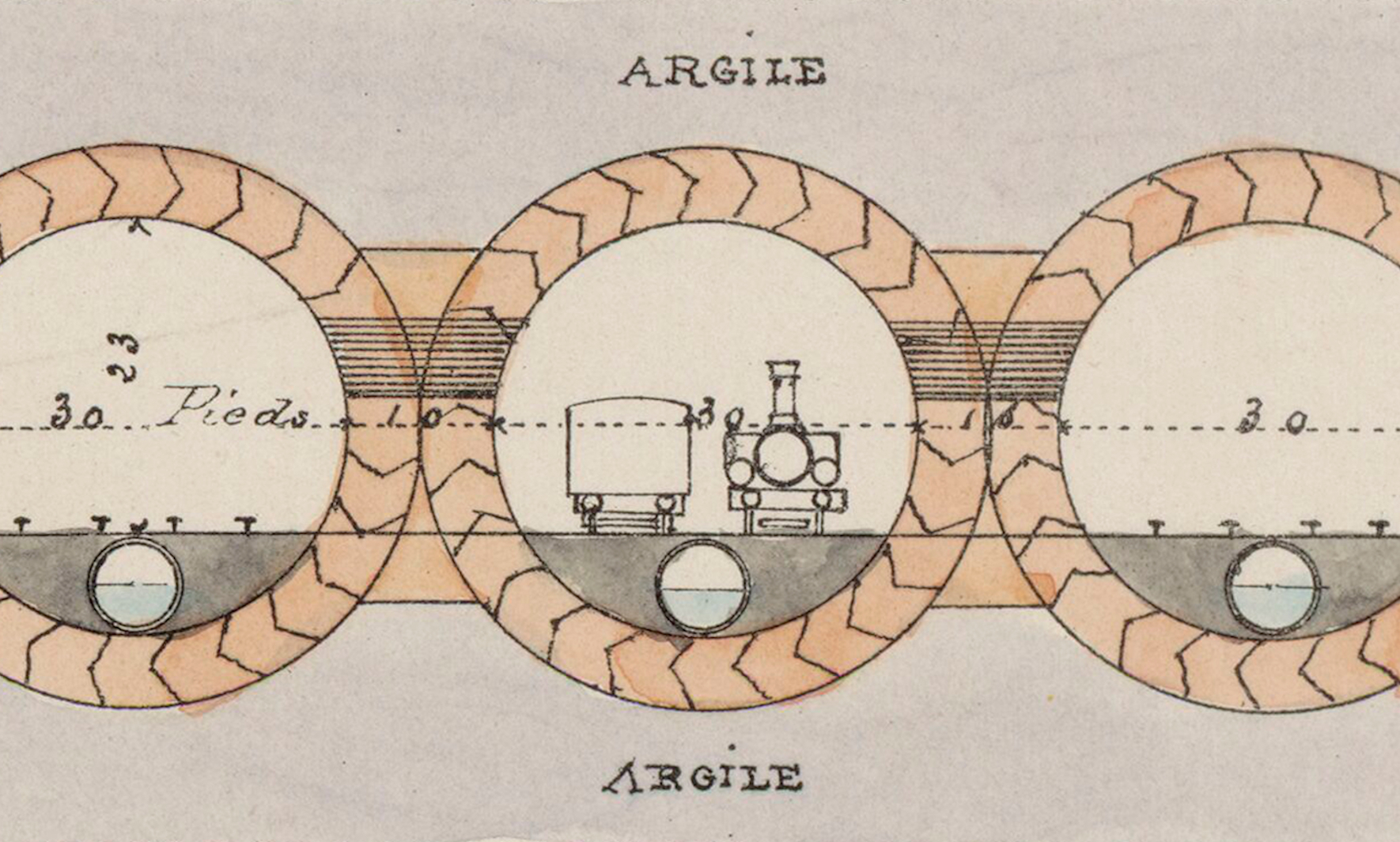
According to his memoirs, Eugène-François Vidocq escaped from more than twenty prisons (sometimes dressed as a nun). Working on the other side of the law, he apprehended some 4000 criminals with a team of plainclothes agents. He founded the first criminal investigation bureau — staffed mainly with convicts — and, when he was later fired, the first private detective agency. He was one the fathers of modern criminology and had a rap sheet longer than his very tall tales. Who was Vidocq? Daisy Sainsbury investigates.








